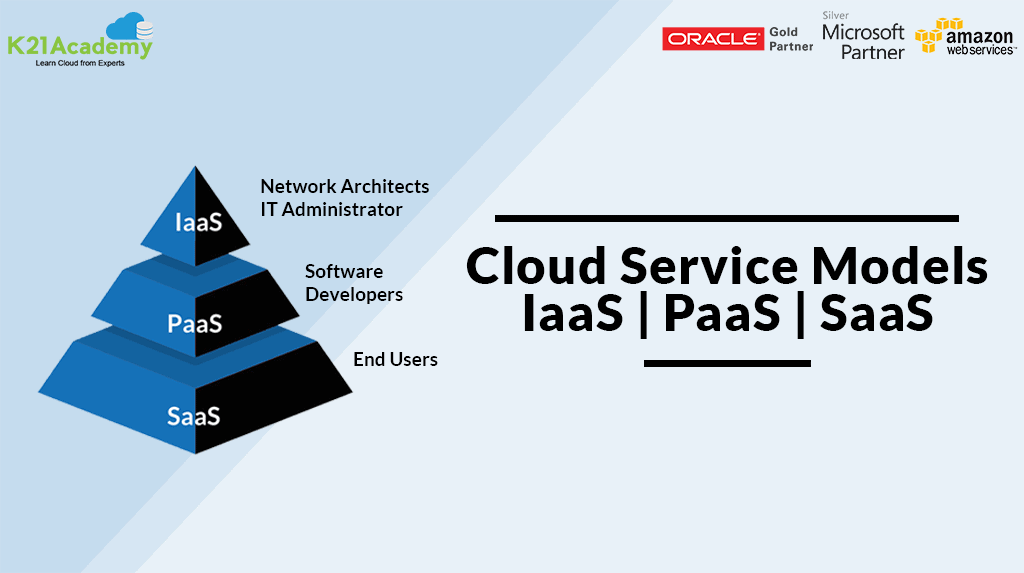Simplify Your Infrastructure With Cloud Services
As businesses browse the ever-evolving landscape of innovation and data administration, the role of cloud services in simplifying facilities has actually ended up being progressively prominent. The allure of streamlined procedures, improved efficiency, and enhanced source appropriation via cloud solutions is indisputable. However, the trip towards an extra nimble and affordable IT facilities involves more than just moving to the cloud. It needs a critical method and a deep understanding of the subtleties of cloud fostering. So, how can companies successfully navigate this shift and genuinely unlock the capacity of cloud solutions for streamlining their facilities?
Benefits of Cloud Provider
Cloud services provide a structured method to managing IT infrastructure, offering services with scalability, versatility, and cost-efficiency. One of the vital advantages of cloud solutions is the scalability they supply.
Furthermore, cloud services remove the demand for companies to purchase expensive hardware and software. This cost-efficiency is a considerable advantage, specifically for little to medium-sized business looking to lessen in advance costs. By utilizing cloud services, companies can access high-grade IT resources without the significant price linked with traditional facilities arrangements.
In addition, cloud services give businesses with the versatility to access their information and applications from anywhere with an internet connection. This level of access improves collaboration among groups, allows remote work, and enhances total productivity. The versatility offered by cloud services empowers services to adjust rapidly to altering market problems and consumer needs.
Cost Cost Savings and Scalability
Along with the operational benefits highlighted previously, the assimilation of cloud solutions into a company's infrastructure comes up with considerable price financial savings and enhanced scalability. Cloud services offer a pay-as-you-go model, allowing businesses to range sources up or down based upon present requirements, consequently preventing the costs related to keeping excess capacity. This versatility enables companies to adapt quickly to varying needs without incurring unneeded costs.
Additionally, cloud solutions get rid of the need for upfront financial investments in software and hardware, reducing resources expenditures. Operating costs are also minimized as firms no more require to handle and preserve physical web servers, bring about lower power usage and IT staffing costs. Additionally, cloud solutions supply automatic updates and upkeep, making certain that the framework stays up-to-date and safe without needing manual interventions.
Enhanced Protection Procedures
Applying strict safety and security measures is critical when incorporating cloud solutions into a firm's facilities to safeguard delicate information and guarantee conformity with sector guidelines. Cloud service companies use improved security features such as information security, firewall software security, and multi-factor verification to mitigate cybersecurity threats.
In addition, regular safety audits and compliance analyses help make certain and identify susceptabilities adherence to sector standards. Companies can additionally benefit from attributes like automatic protection updates and real-time hazard tracking provided by cloud provider. By prioritizing protection steps and remaining positive in attending to potential threats, companies can confidently leverage cloud solutions while safeguarding their useful information from unapproved gain access to or breaches.
Transitioning to Cloud Infrastructure
To successfully integrate cloud solutions read the article into a company's framework, a structured method that addresses the shift towards cloud-based services is imperative. Transitioning to cloud framework entails mindful planning and implementation to make certain a smooth movement process. The very first step is to evaluate the existing framework and establish which systems and applications appropriate for migration to the cloud. This examination ought to consider factors such as information level of sensitivity, conformity requirements, and click to read performance needs.
As soon as the assessment is complete, a movement strategy need to be established. This approach should lay out the timeline, sources, and obligations for moving each element to the cloud. It is vital to communicate this plan plainly to all stakeholders to make sure positioning and decrease disruptions during the shift.
During the migration testing, tracking and procedure are essential to recognize and resolve any type of problems without delay. Routine checkpoints need to be established to track progress and make essential modifications. Furthermore, training for staff members on utilizing cloud services ought to be offered to ensure a successful shift and make best use of the advantages of the brand-new infrastructure.
Ideal Practices for Cloud Fostering
Successful adoption of cloud services rests on the strategic positioning of business goals with technical capacities and business preparedness. To make sure a smooth change to the cloud, companies need to start by performing a thorough evaluation of find their current infrastructure and determining which work are best fit for cloud movement. It is vital to include crucial stakeholders from various divisions in the decision-making procedure to gain buy-in and deal with any kind of worries early on.
An additional ideal practice for cloud fostering is to focus on security and compliance. Organizations has to carefully review the security steps supplied by cloud provider and guarantee that their information is protected according to market standards and regulatory demands. Applying durable information security, accessibility controls, and routine protection audits can assist alleviate threats connected with cloud adoption.

Conclusion

As services browse the ever-evolving landscape of technology and information management, the role of cloud services in simplifying facilities has actually come to be progressively famous - universal cloud Service. Just how can organizations successfully browse this change and absolutely unlock the possibility of cloud solutions for streamlining their facilities?
Cloud services supply a structured technique to managing IT infrastructure, giving businesses with versatility, cost-efficiency, and scalability. By making use of cloud solutions, organizations can access top notch IT resources without the large rate tag linked with conventional facilities configurations.
To ensure a smooth shift to the cloud, companies need to start by performing a detailed analysis of their existing infrastructure and identifying which work are best suited for cloud movement.